Two of our recent graduates have every reason to celebrate:
Seobhan Hope’s book ‘Summer’s Sleep’ has been highly commended and Amy Steele has won 3rd prize for her book ‘The Lunchbox’. In this blog post Seobhan and Amy speak about their books and how it feels to be shortlisted for / awarded this prestigious picture book prize.
Shortlisted: Seobhan Hope
“Summer’s Sleep’ is the story of Summer, the giant, who can’t go to sleep. I spent my final year falling in love with and researching folk tales from around Scotland, and was particularly taken by the Story of Samhuinn, or Halloween, where tales tell of a summer and winter king, who fight to see who will be next to rule the kingdom each year in Autumn. I reinterpreted the old tale, wanting to create a meaningful story that was going to encapsulate ideas of sustainability and raise awareness around climate change and global warming in a gentle way. In my story, we find a giant called Summer exhausted, not being able to sleep, and not knowing what to do. He personifies the warm season, which can not end because its gotten too warm for winter to come. Included in the story is also a diverse group of little characters who -slightly cluelessly- set out to help the tired giant. The final result is a colorful, hopefully amusing and thought provoking wee book. The process of coming up with the story, creating the characters and assembling the book was so much fun, and I am delighted it came highly commended at the Macmillan Prize Competition!”
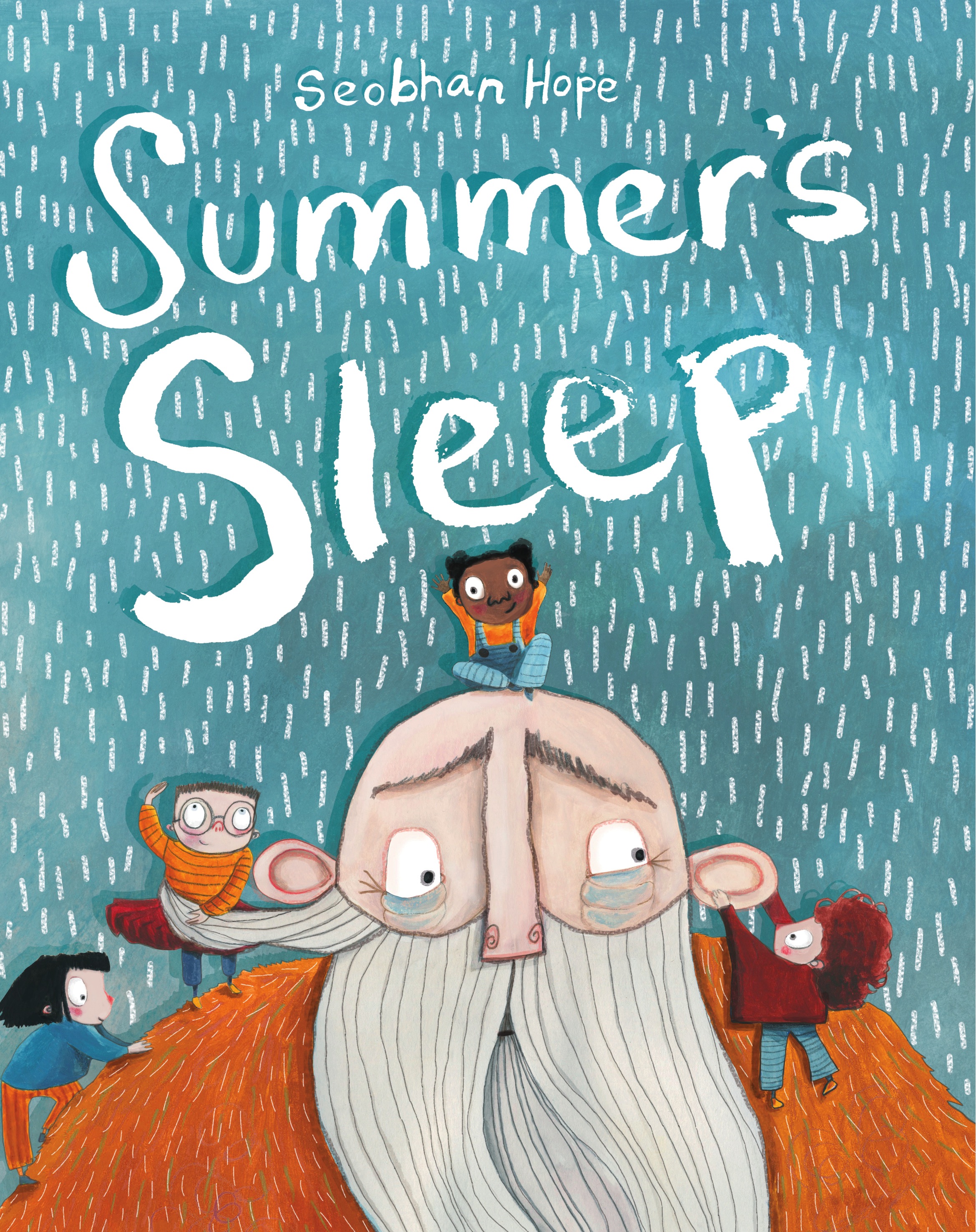
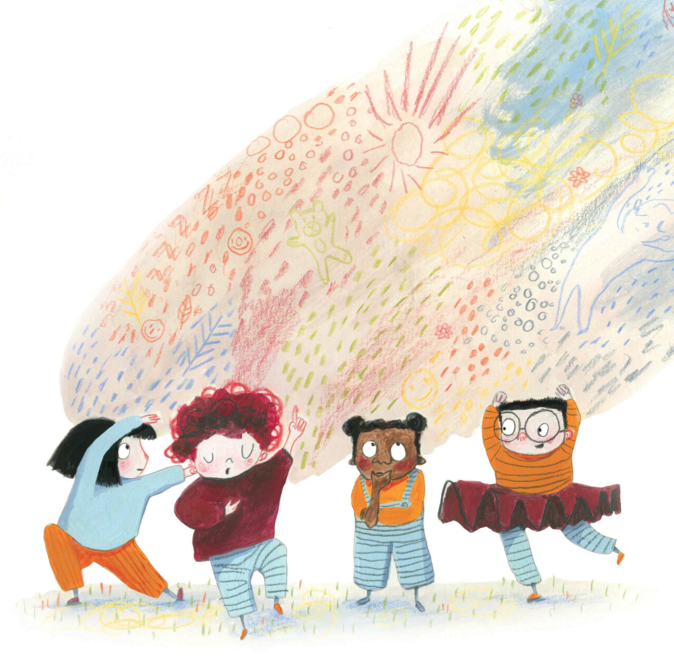
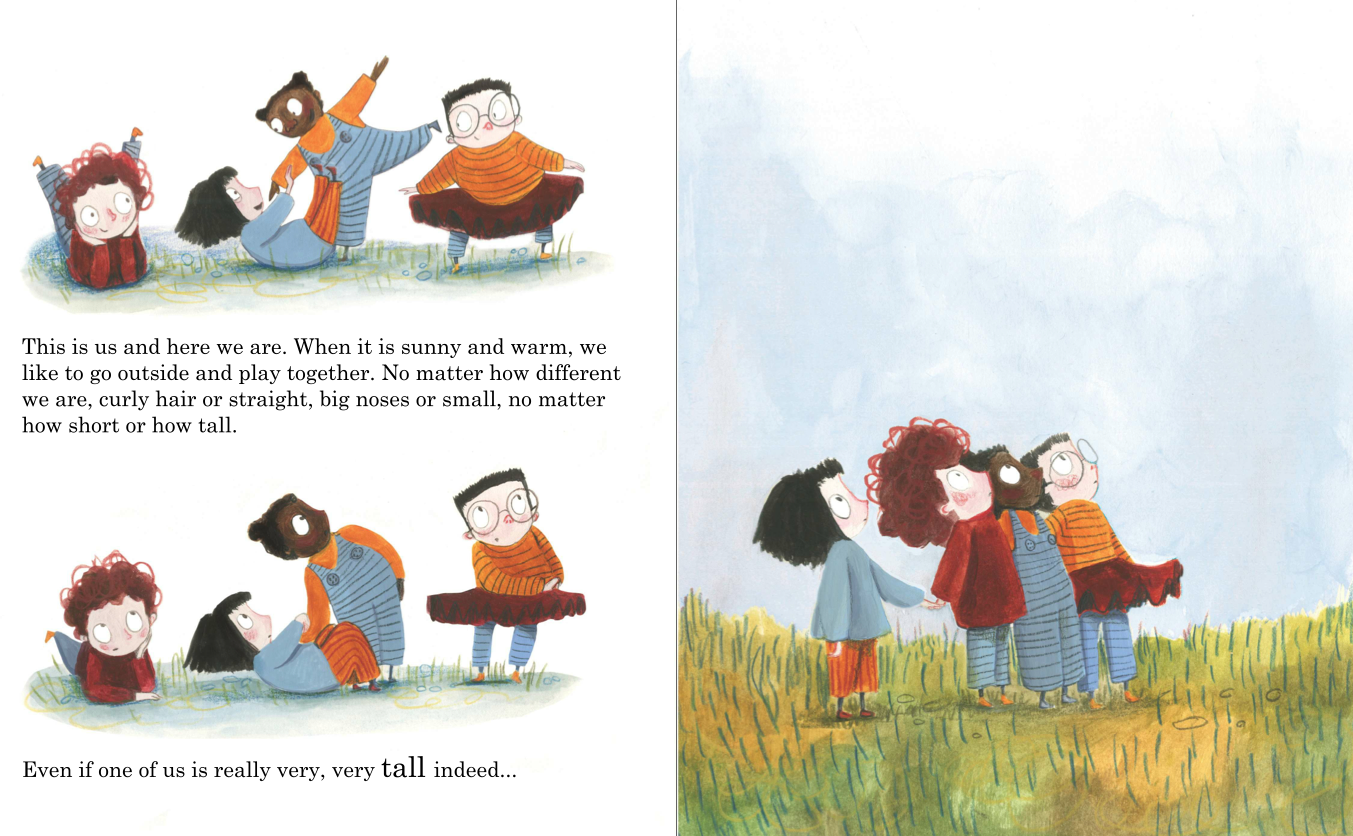
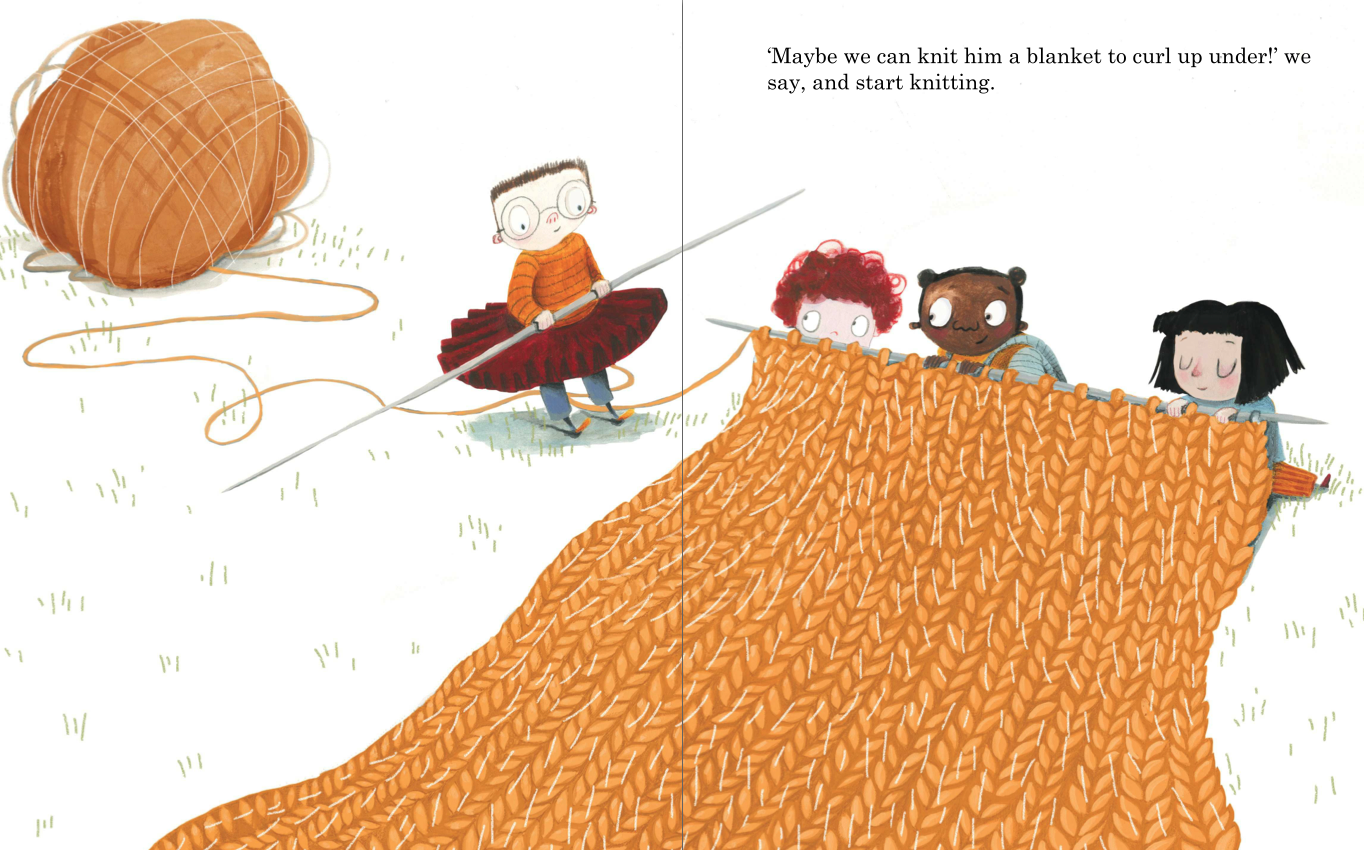
Winner of 3rd prize: Amy Steele
“The Lunchbook is about a banana who lives in the fruit bowl but dreams of making it into the lunchbox. Like all fruit, he wants to be taken to school and eaten up, every bit. But being a banana has its difficulties and Banana ends up lonely in the lunchbox as all his new friends get eaten. As the story goes on, Banana gets more and more forlorn and begins to rot as he struggles with his emotions. The book aims to differ from other books with food characters because these characters WANT to get eaten, which (I hope) makes people laugh.
Being chosen for 3rd place in the Macmillan prize was super exciting and actually, relieving, because I had been so worried about the story all year – the main character essentially dies – so it was a good boost to know that publishers like the idea even though it’s absolutely bonkers! I went down to London for the private view which was really interesting. I enjoyed getting to see all the other entries and chatting to the illustrators – everyone was so talented! Macmillan also asked me to come into their offices and have a chat about my book and my portfolio while I was down, which I did, and it was SO helpful to hear their feedback and encouraging words about my work.”

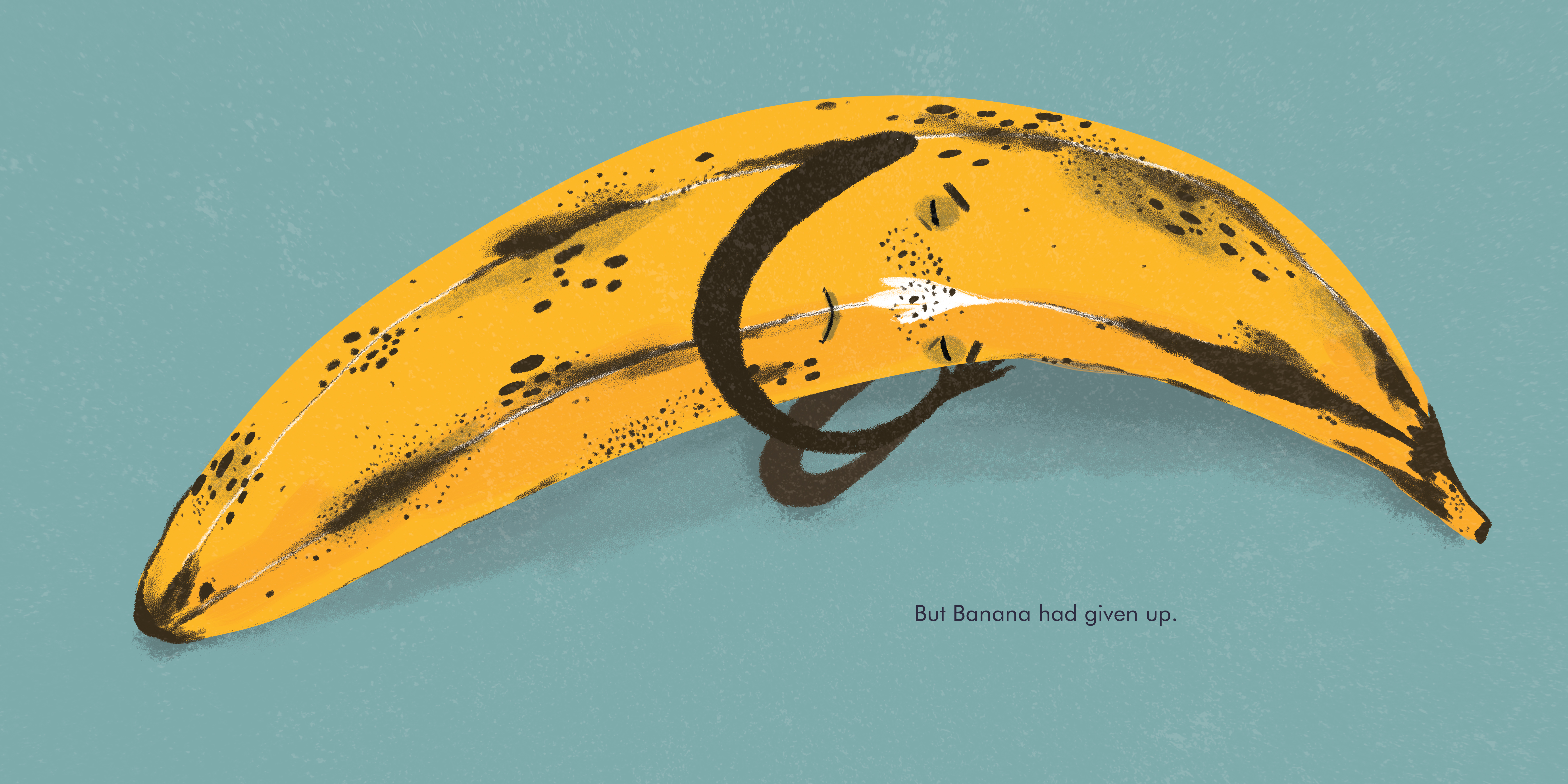
At the award ceremony
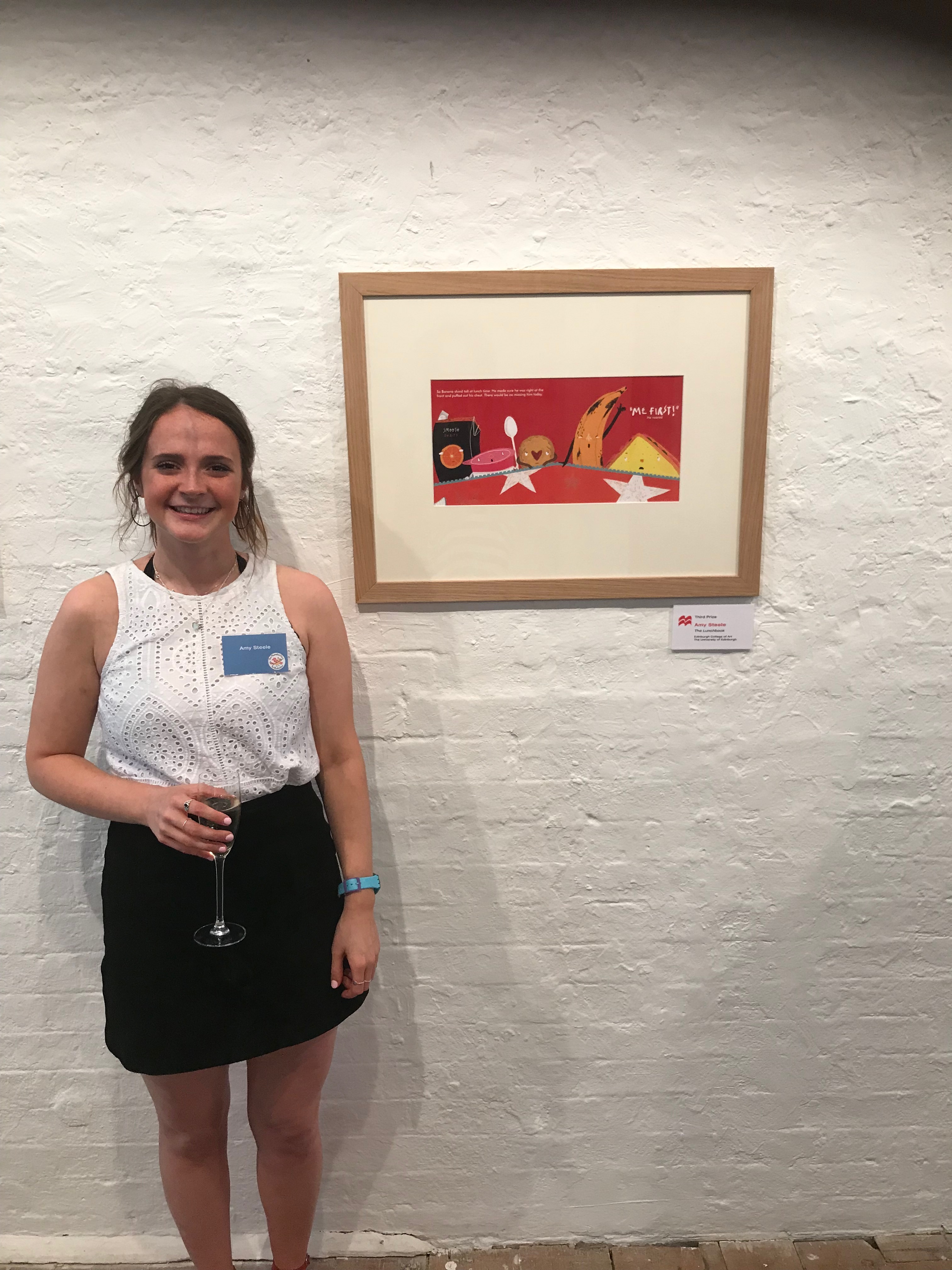

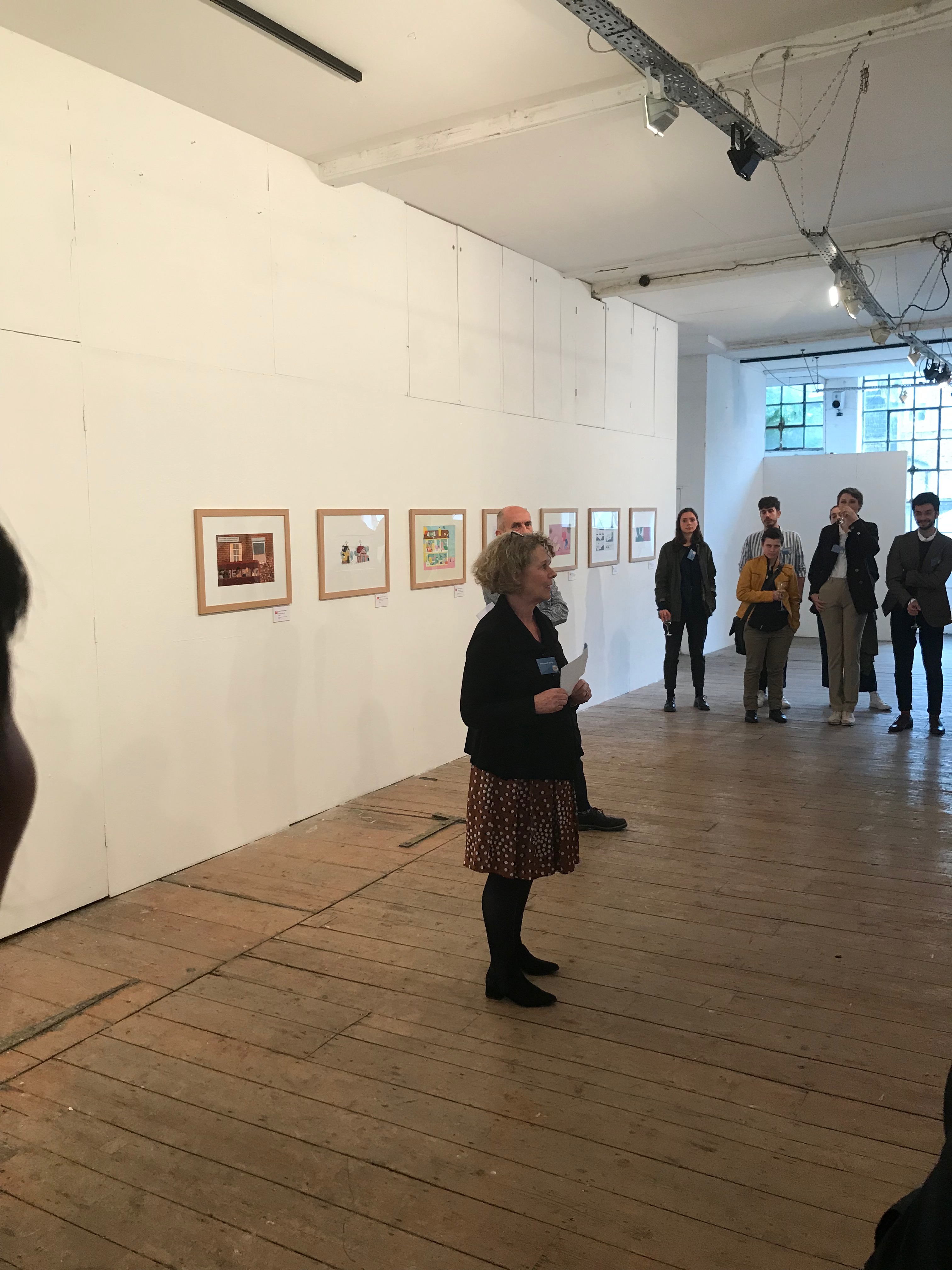
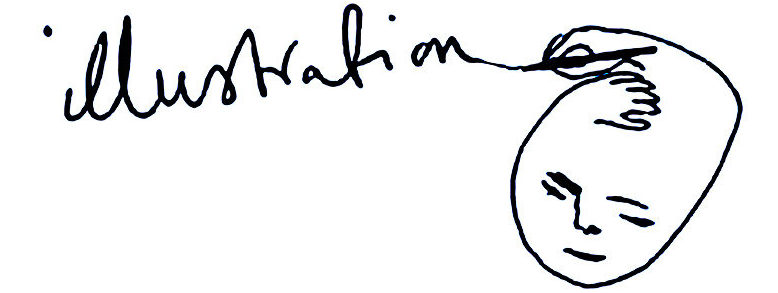
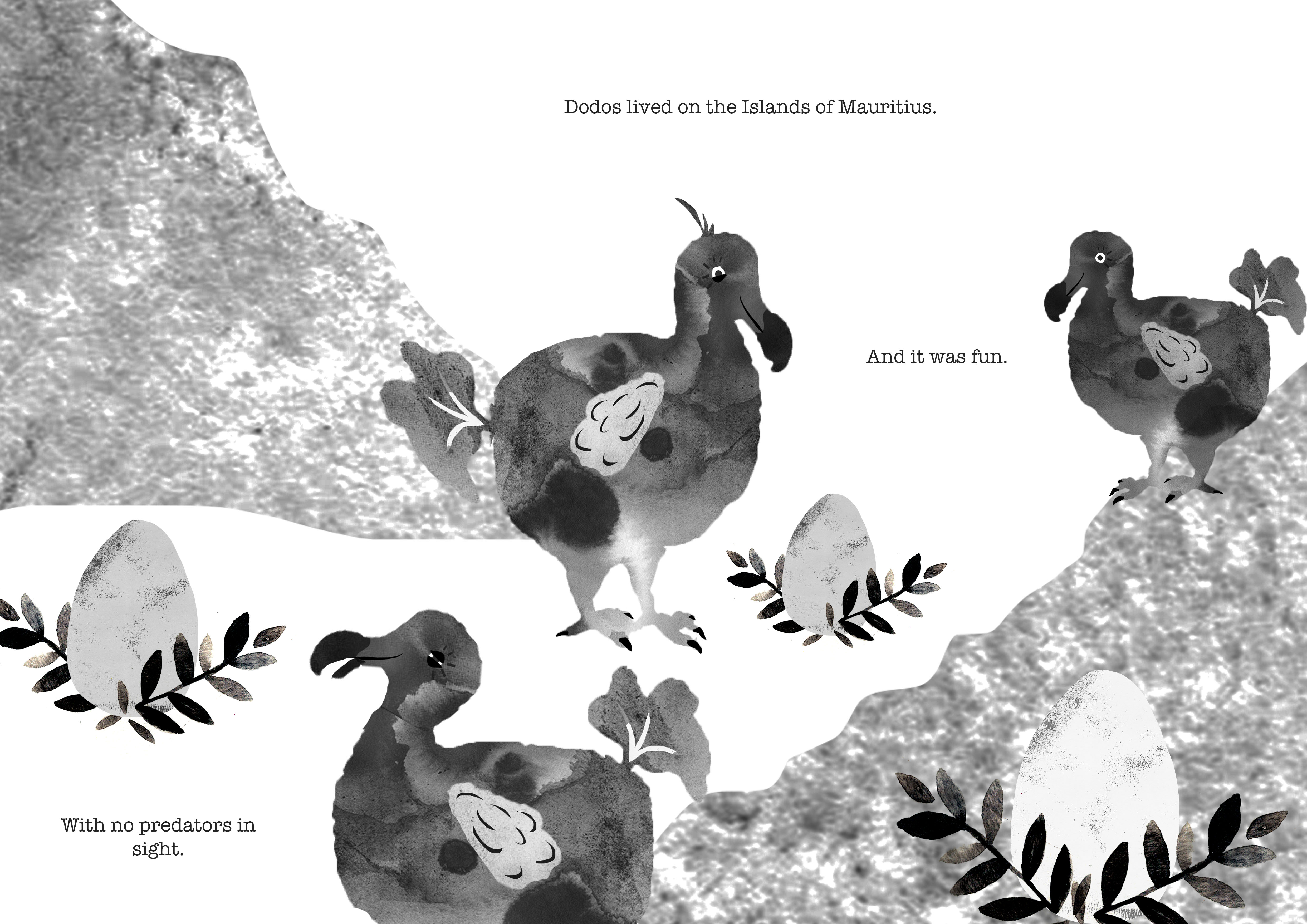
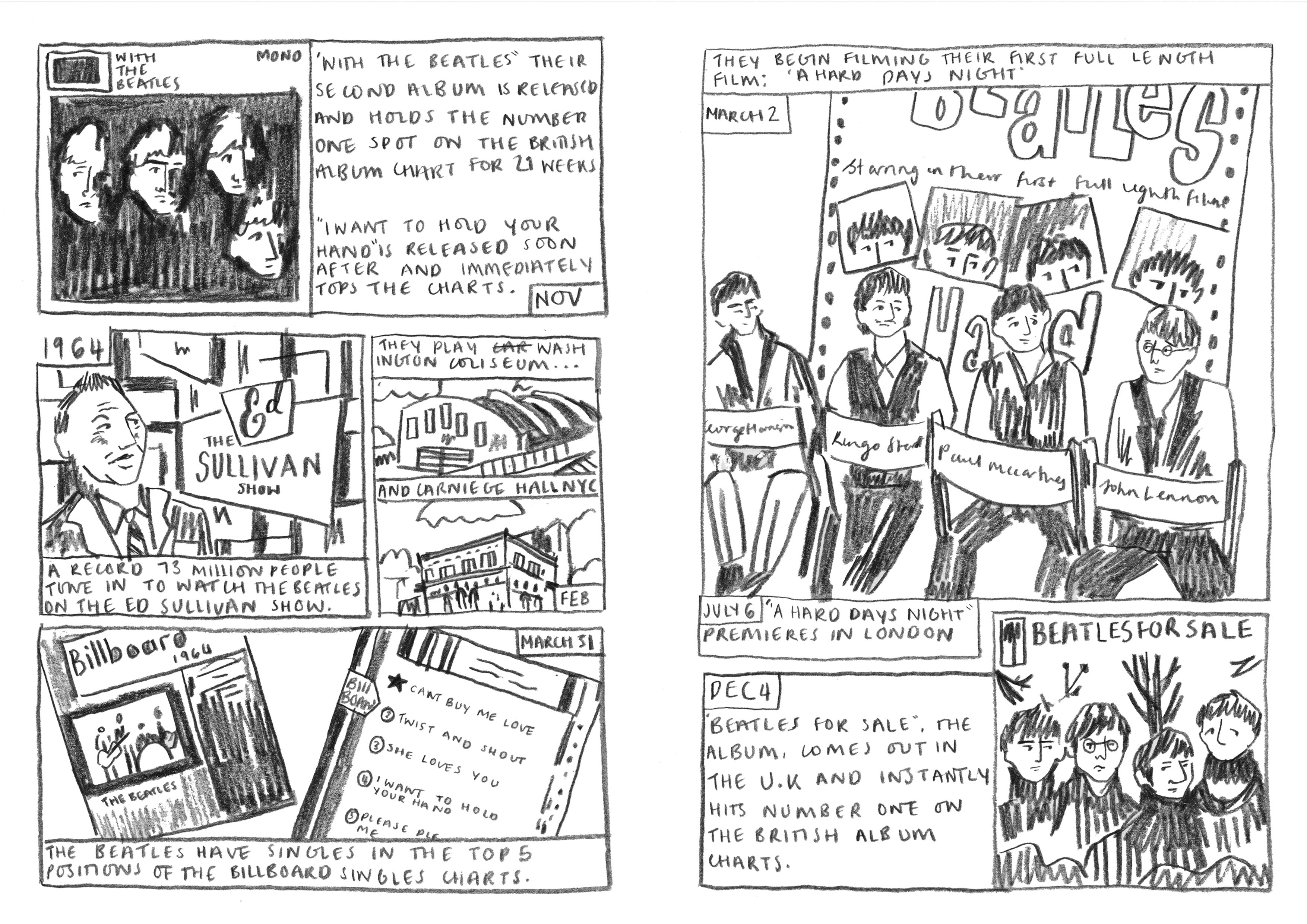
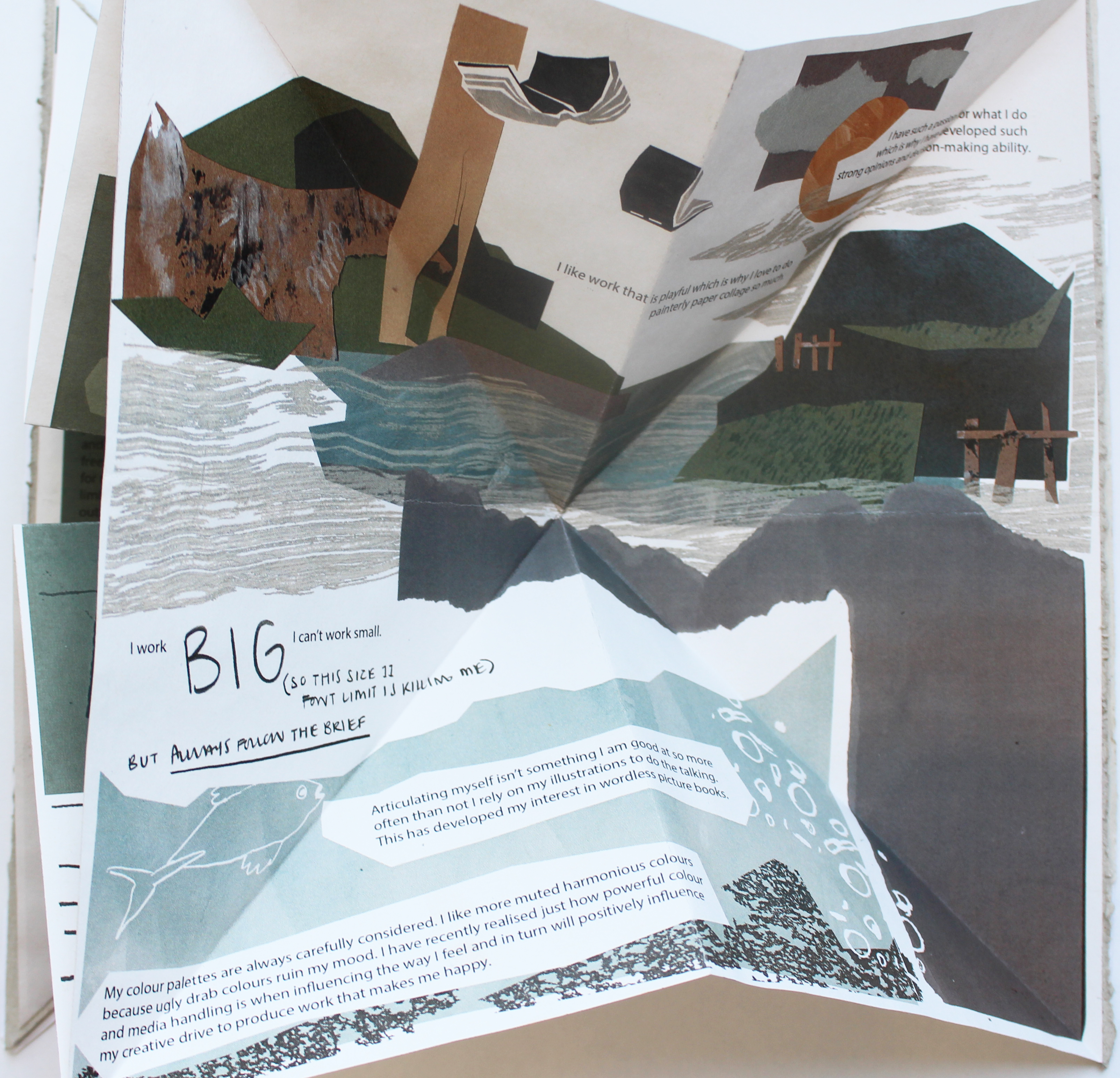
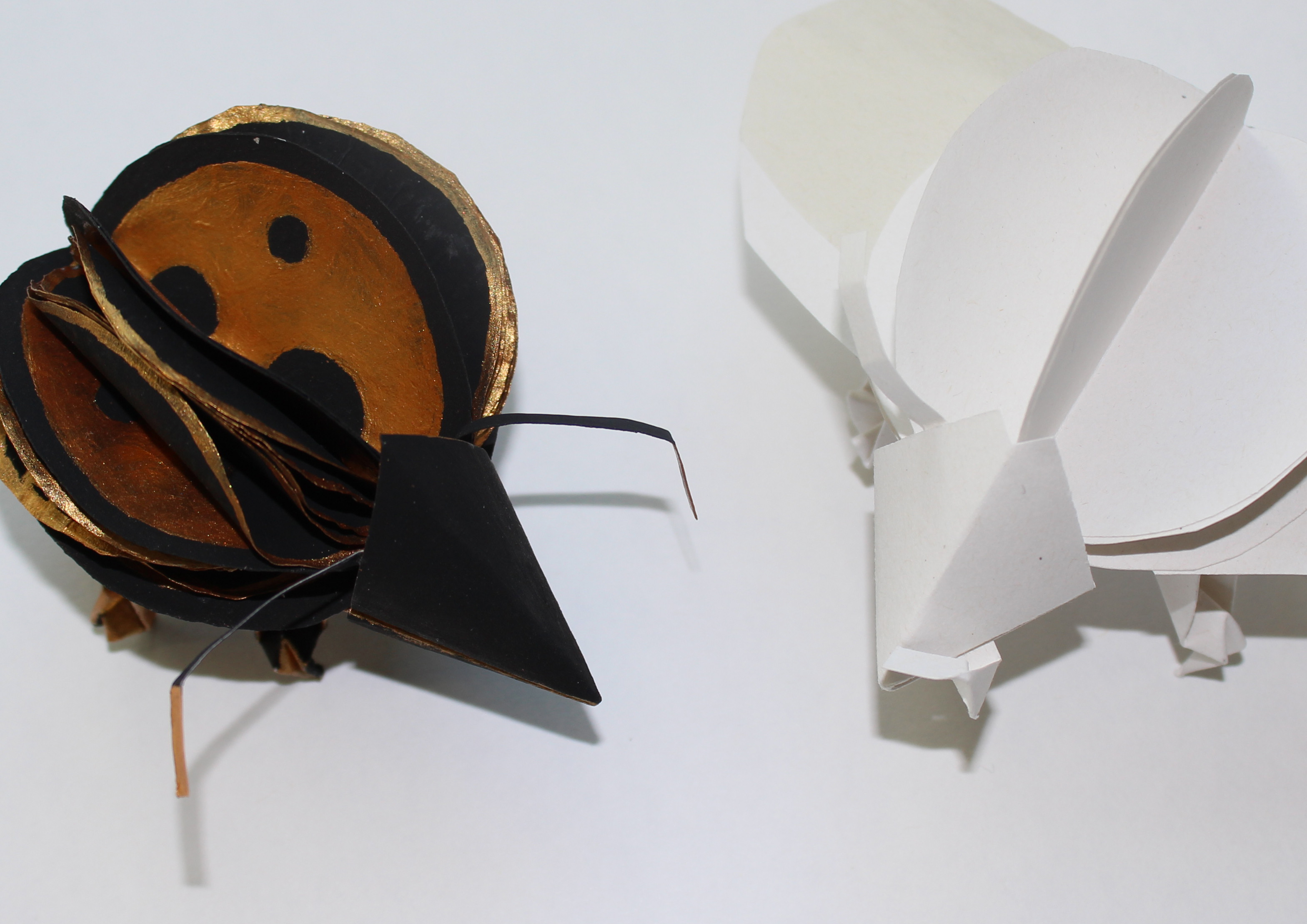 Sculptural books Bryce Starks-Browning, 2019
Sculptural books Bryce Starks-Browning, 2019



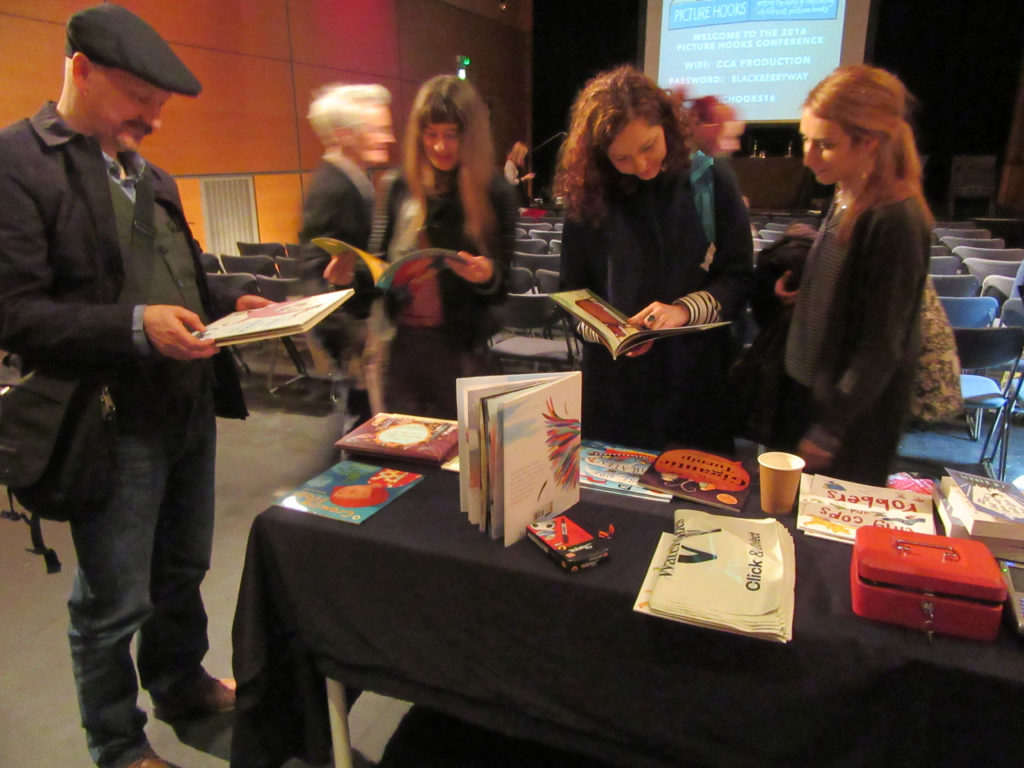
 Tessa Strickland, co-founder and Editor at Barefoot Books
Tessa Strickland, co-founder and Editor at Barefoot Books Joel Stewart, Illustrator
Joel Stewart, Illustrator
 Andrea MacDonald, Executive Editor for Picture Books from Penguin Random House
Andrea MacDonald, Executive Editor for Picture Books from Penguin Random House Nicki Field, head of Illustration at Jelly Agency
Nicki Field, head of Illustration at Jelly Agency Catherine Lindow, one of last year’s Picture Hooks mentees
Catherine Lindow, one of last year’s Picture Hooks mentees Lucy Juckes and Vivien French, initiators of Picture Hooks
Lucy Juckes and Vivien French, initiators of Picture Hooks ECA Illustration students feeling inspired after the conference
ECA Illustration students feeling inspired after the conference